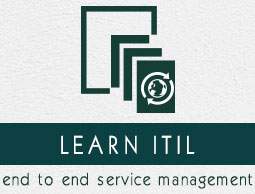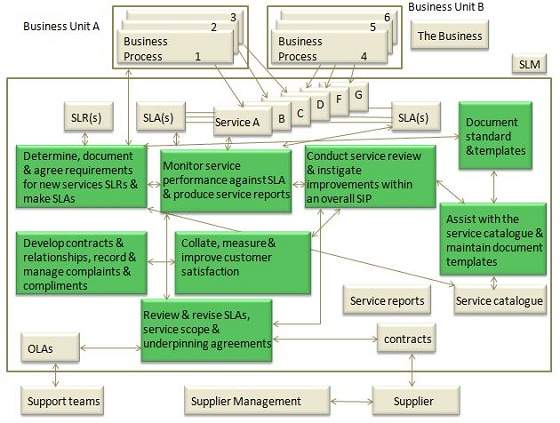
- ITIL - Home
- ITIL - Overview
- ITIL - Terminologies
- ITIL - Service Basics
- ITIL - Service Lifecycle
- Service Strategy
- ITIL - Service Strategy Overview
- ITIL - Service Strategy Roles
- ITIL - Strategy Generation
- ITIL - Service Portfolio Management
- Business Relationship Management
- ITIL - Demand Management
- ITIL - Financial Management
- Service Design
- ITIL - Service Design Overview
- ITIL - Service Catalogue Management
- ITIL - Service Level Management
- ITIL - Capacity Management
- ITIL - Availability Management
- ITIL - Service Continuity Management
- Information Security Management
- ITIL - Supplier Management
- Service Transition
- ITIL - Service Transition Overview
- ITIL - Project Management
- ITIL - Change Management
- Service Assets and Configuration Management
- Release and Deployment Management
- ITIL - Service and Validation Testing
- Service Operation
- ITIL - Service Operation Overview
- ITIL - Event Management
- ITIL - Incident and Request
- ITIL - Problem Management
- ITIL - Access Management
- Continual Service Improvement
- CSI Overview
- Service Reporting
ITIL - Service Level Management
Overview
Service Level Management (SLM) deals with negotiating, agreeing and documenting existing services with some level of policies.
Service Level Manager is the process owner of this process.
SLM deals with following two kinds of agreements −
- Service Level Agreement (SLA)
- Operational Level Agreement (OLA)
Service Level Agreement (SLA)
It is agreed document assuring the warranty with regard to level of service quality delivered by the service provider. It is between service provider and the customer.
Operational Level Agreement (OLA)
Unlike SLA it is agreement within the organization.
SLM Activities
The following diagram describes activities involved in SLM process −

Service Level Requirement (SLR) is one of the earliest activities in Service design of Service Lifecycle. SLR needs to be drafted, once the service catalogue has been produced and SLA structure has been agreed
Objectives
Here are the objectives of SLM −
| Sr.No. | Objectives |
|---|---|
| 1 | Define, document, agree, monitor, measure, report, and review the level of IT service provided. |
| 2 |
Provide and improve the relationship and communication with the business and customers. |
| 3 |
Ensure that specific and measurable targets are developed for all IT services. |
| 4 |
Monitor and improve customer satisfaction with the quality of service delivered |
| 5 | Ensure that IT and customers have a clear and unambiguous expectation of the level of service to be delivered |